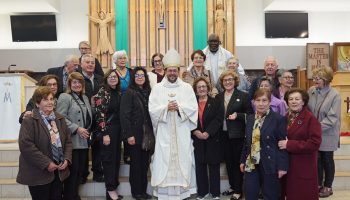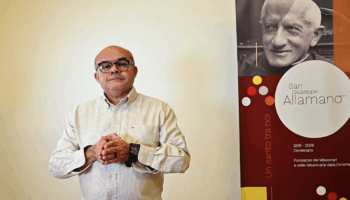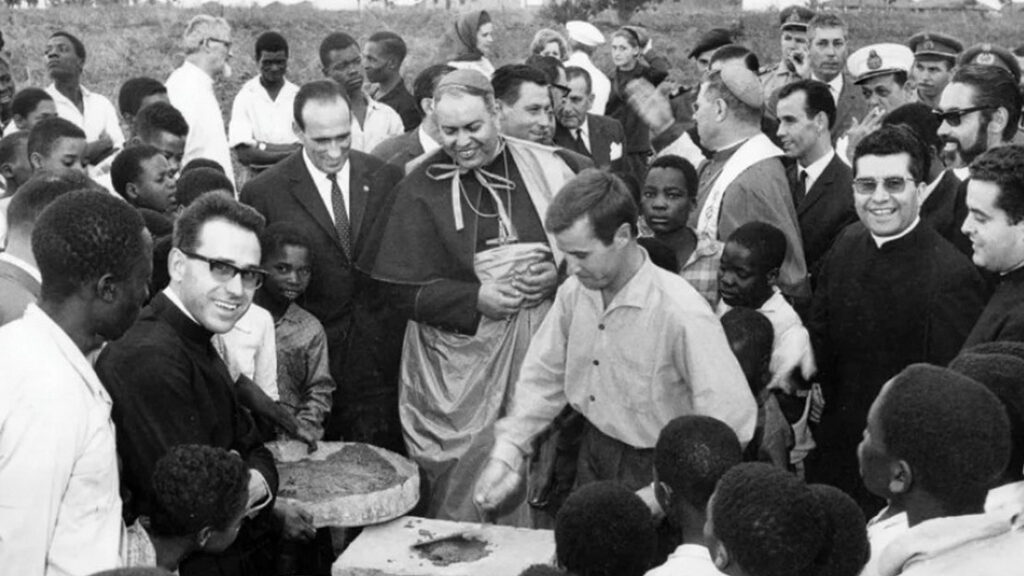
The work of the Consolata Missionaries in Mozambique has lasted for a hundred years. Together with the local people, the missionaries have faced both the colonial war and the civil war. In the field, they continue to evangelize and carry out projects for human development.
By Juliana Batista *
The Consolata Missionaries arrived in Mozambique on October 30, 1925 – one hundred years ago. Their work immediately required them to learn the local languages. “The first missionaries were tireless in their apostolic dedication: they endured adverse conditions, learned the Macua, Ciyao, Cinyanja, Xitshwa, and Cindau languages, and established direct and ongoing contact with the people,” writes Monsignor Diamantino Antunes, a Portuguese Consolata missionary and Bishop of Tete, in his book The Tree Grows and Bears Fruit.
The colonial war, between 1964 and 1974, was a difficult period for the missionaries and for the entire Church. “It was not an easy time, as the war became a reality the missionaries had to learn to live with. Besides the human losses and destruction it caused, they were also prevented from moving freely. The excessive violence perpetrated by the military and settlers wounded the conscience of the missionaries, and some took the initiative to denounce such reprehensible behavior. Their strained relations with the authorities also wore them down, as they were surrounded by an atmosphere of suspicion and distrust. Between one conflict and another, the missionaries tried to be witnesses of peace and justice,” recounts Bishop Diamantino.
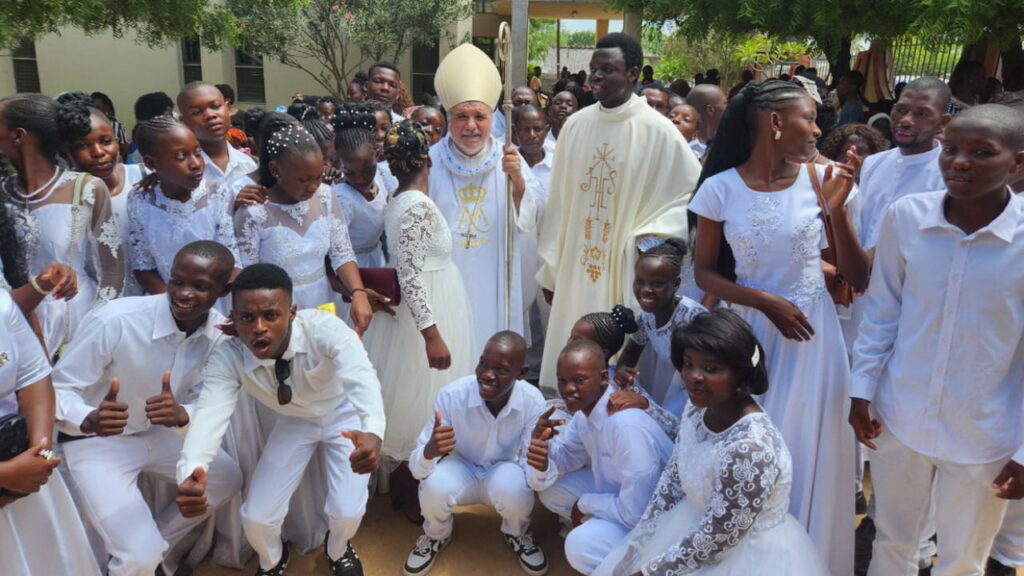
Later, the civil war – which pitted the government of the Mozambique Liberation Front (FRELIMO) against the forces of the Mozambican National Resistance (RENAMO) between 1977 and 1992 – once again brought renewed pain. The conflict caused “insecurity, suffering, destruction, and death,” and in this context, the Church “showed solidarity with the suffering population, and the missionaries shared in their Calvary,” notes Diamantino.
“From 1983 onwards, the civil war between the army and RENAMO spread throughout the country. The guerrilla movement found fertile ground in the widespread discontent of the population, disillusioned by the failures of government economic plans and abuses of authority. Yet it was the people themselves who suffered because of the war. As the years went by, the number of deaths, destruction, and misery increased. RENAMO also resorted to kidnapping missionaries to draw international attention, and unfortunately, some were brutally murdered during the attacks.”
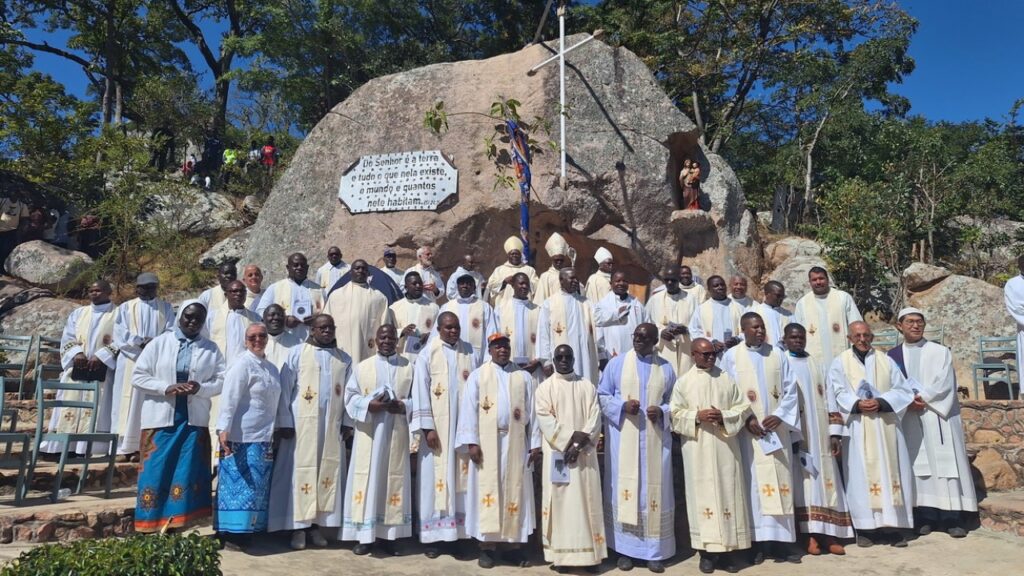
The war led the missionaries to reconsider their presence in the country. “All the missionaries made the courageous choice to stay and work in dangerous places, despite physical and mental exhaustion. Traveling meant risking one’s life on mined roads, constantly subject to RENAMO attacks. Missionary activity had to be scaled back. However, the superiors’ calls for caution did not stop some missionaries from daring. This solidarity with the people was undoubtedly one of the most significant aspects of the Consolata Missionaries’ presence and evangelization in Niassa and Inhambane.”
With the signing of the General Peace Agreement in October 1992, a new historical phase began, as Bishop Diamantino highlights. “In this context of reconstruction, the Catholic Church committed itself to contributing to the moral and economic renewal of the country. It created infrastructures for human development by establishing schools, centers for malnourished children, assistance for people with disabilities, and aid for refugees, the sick, and the elderly.”
* Juliana Batista is a journalist with the magazine Fátima Missionária in Portugal.
Consolata missionaries during centenary celebration in Mozambique, June 2025

